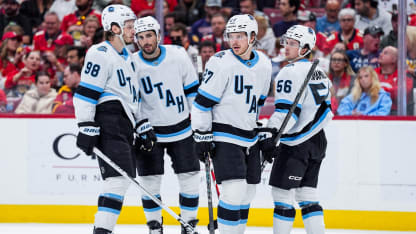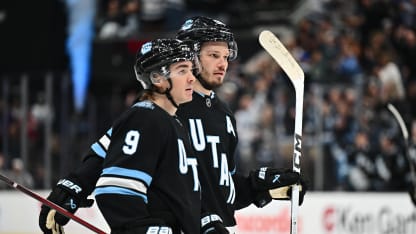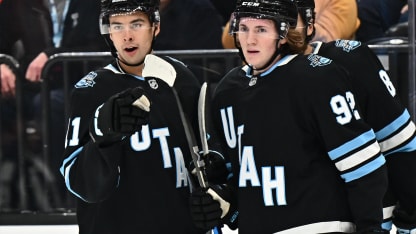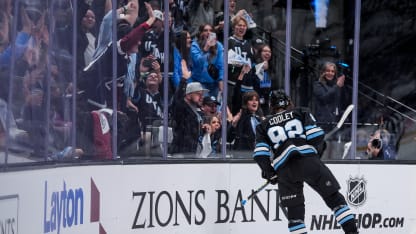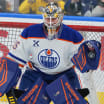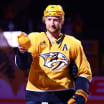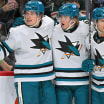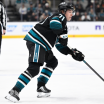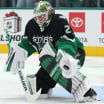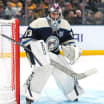The Utah Hockey Club failed to qualify for the Stanley Cup Playoffs in its first season in the NHL.
Utah (36-30-12) was eliminated from contention when the Minnesota Wild defeated the San Jose Sharks 8-7 in overtime Wednesday.
The NHL established a new franchise in Utah on April 18. Utah acquired the hockey assets of the inactive Arizona Coyotes franchise, which had missed the playoffs the previous four seasons.
Here's a look at what happened in the 2024-25 season for Utah and why things could be better next season.
The skinny
Potential unrestricted free agents: Nick Bjugstad, C; Robert Bortuzzo, D; Michael Carcone, C; Nick DeSimone, D
Potential restricted free agents: Jack McBain, C; Kailer Yamamoto, F
Potential 2025 Draft picks: 6
What went wrong
Adjustment to new home: Utah had six months to put a new team in a new market. It moved executives, coaches, players and staff from Arizona. It did initial renovations of Delta Center while planning more for the future, built a temporary practice facility while breaking ground on a permanent one, designed inaugural uniforms while working on a permanent brand identity, and much more. Delta Center, home of the Utah Jazz of the NBA, currently has 11,131 seats with a full view of the ice, and the team has sold them out each game. But Utah ranks 25th in the NHL in home points percentage at .538 (18-15-7).
Absences: Utah has lost more than 230 man-games to injuries. Most notably, defenseman Sean Durzi missed 52 games because of a shoulder injury sustained in October, defenseman John Marino missed the first 42 games of the season because of a back injury, center Nick Bjugstad was out for 16 because of various injuries, and forward Dylan Guenther was out for 12 games because of a lower-body injury sustained Jan. 8. Goalie Connor Ingram took a leave of absence after losing his mother to breast cancer in December and entered the NHL/NHLPA player assistance program March 9, posting on social media that he had realized he had not been himself after trying to return to play.
Inconsistency and scoring depth: Inconsistent from period to period and game to game, Utah went on a 6-0-2 run from Dec. 7-22, but hasn’t had a winning streak longer than four games. It averages 2.87 goals per game, tied with the Vancouver Canucks for 20th in the NHL, and has 149 5-on-5 goals, 21st in the League. Forward Lawson Crouse has 12 goals after scoring at least 20 each of the past three seasons. Forward Matias Maccelli has eight goals after scoring 17 last season. Bjugstad has six goals after scoring 22 last season.
Reasons for optimism
Clayton Keller: Utah named Keller its first captain Oct. 4, and the forward has lived up to it, leading the team in goals (27), assists (57) and points (84). He has a chance to pass the NHL career high of 86 points (37 goals, 49 assists) he had in 2022-23. Although he is nine seasons into his NHL career, he’s still only 26. He turns 27 on July 29.
Building blocks: Guenther, who turned 22 on Thursday, scored the first goal in Utah history Oct. 8 and is second on the team with 26 goals. Forward Logan Cooley, who turns 21 on May 4, is third with 23 goals. Utah has the ability to make moves with salary cap space and extra picks in the NHL Draft, including three selections in the second round and two in the third for the 2026 NHL Draft.
Improvements: A permanent brand identity is in the works. Renovations will continue at Delta Center during the offseason, and the permanent practice facility is scheduled to be ready for training camp in September. Ninety percent of season-ticket members will renew for next season. Salt Lake City quickly has become a hockey town, and Utah only is beginning to establish itself in the NHL. Things should only get better on and off the ice.
